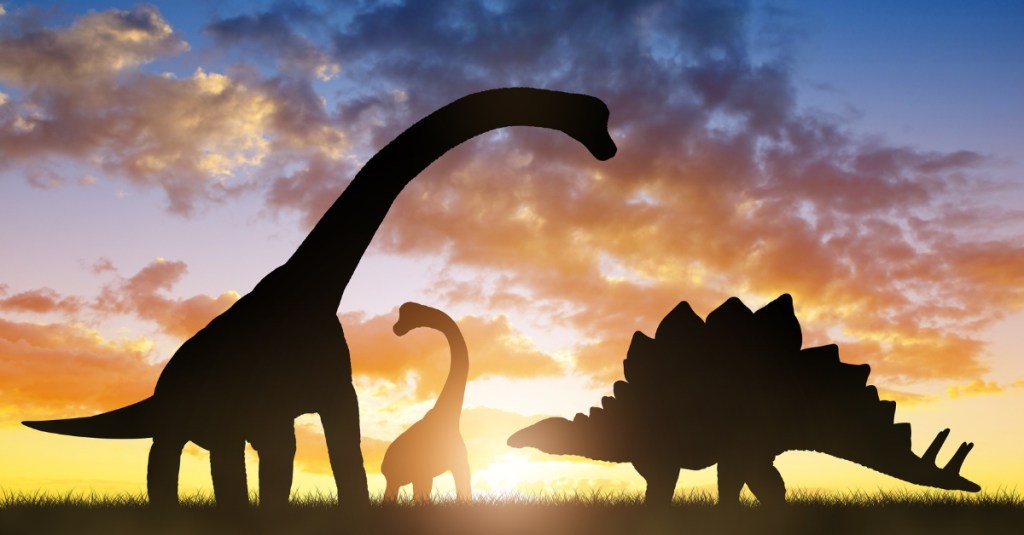URGENT UPDATE: New research has unveiled shocking insights into the mating habits of dinosaurs, revealing violent behaviors that could help scientists determine their genders. The groundbreaking study, published in iScience, was led by Professor Eileen Murphy of Queen’s University Belfast, and it is stirring interest across the paleontological community.
Researchers focused on the remains of hadrosaurs, commonly known as duckbilled dinosaurs, and discovered that the upper vertebrae of their tails frequently exhibit signs of healed fractures. Spanning hundreds of fossils from Eurasia and North America, the findings suggest a consistent mating behavior rather than random injuries.
The evidence indicates that these fractures were not caused by predators or typical combat. Instead, it appears that during mating, male hadrosaurs may have inflicted injuries on females by crushing their tails. The force required for such injuries aligns with the physics of dinosaur copulation, hinting at a rather aggressive form of reproduction.
Computer models validated these findings, demonstrating that several tons of weight from a mounting male could easily cause the observed fractures. The injuries, though painful, were not fatal; signs of healing suggest that the females continued to thrive and reproduce despite their rough experiences.
As noted by Professor Gareth Arnott, many modern animals exhibit similar mating behaviors. Species like sea lions and certain turtles often engage in rough copulation, highlighting that violent mating is not unprecedented in the animal kingdom. Filippo Bertozzo, the study’s first author, emphasized that this research opens a new avenue for understanding the sexual behaviors of dinosaurs.
This urgent discovery not only sheds light on dinosaur reproduction but also enhances our understanding of their biology and social structures. Researchers are now poised to explore how these behaviors influenced the evolution of hadrosaurs and other species.
Stay tuned for more developments as scientists continue to interpret these findings, which may transform our understanding of dinosaur life. This study has the potential to change the narrative around dinosaur behavior, making it an exciting time for paleontology enthusiasts everywhere.







